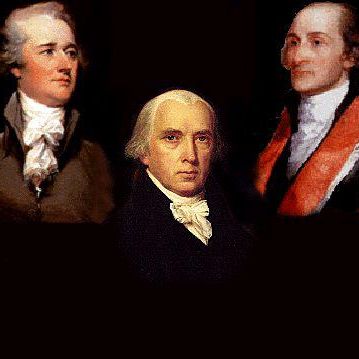



In a recent survey conducted by Brown University’s student newspaper, a significant 38 percent of students declared that they do not identify as heterosexual.
This presents a substantial upsurge from 2010 when a mere 14 percent of students shared similar sentiments.
The figure is almost triple the count from 13 years ago, and surpasses by more than five times the national rate of Americans who self-identify as LGBTQ+.
The Brown Daily Herald stated, “Since Fall 2010, Brown’s LGBTQ+ population has expanded considerably. The gay or lesbian population has increased by 26% and the percentage of students identifying as bisexual has increased by 232%”.”
“Furthermore, there has been a remarkable 793% increase in students recognizing themselves as part of other sexual orientations within the LGBTQ+ community,” the article continued.
Such findings align with those from the Center for the Study of Partisanship and Ideology, who discovered similar patterns within comparably prestigious universities.
However, the notion that such identification trends might be influenced by peer pressure and social environment rather than innate preference is gaining traction.
This theory, referred to as Rapid Onset Gender Dysphoria, was notably brought to light by former Brown University Professor Dr. Lisa Littman.
The core of her argument rests on the idea that some female students identifying as transgender might be doing so under the influence of their social circles. Dr. Littman’s controversial stance eventually led to her departure from the institution.
RELATED: Teen Warns On TikTok, Says Influencer Videos Convinced Her She Was Trans And Danger is Increasing
Eric Kaufmann, a researcher from the Center for the Study of Partisanship and Ideology, offered further insight in a discussion with the College Fix.
He noted that while there has been a surge in LGBTQ+ identification, specifically a 232 percent increase in bisexual identification at Brown University, it does not necessarily correlate with sexual activity within these groups.
“If this was about people feeling able to come out, then we should have seen these two trends rise together,” Kaufmann remarked.
“What we find instead is that identity is rising much faster than behavior, indicating that people with occasional rather than sustained feelings of attraction to the opposite sex are increasingly identifying as LGBT,” he said.
He further added that over half of the LGBTQ+ respondents to the Brown University survey identified as bisexual. Kaufmann proposed two theories to explain this trend – the increasing societal tolerance encouraging more individuals to openly identify as non-heterosexual, or the growing trendiness of being LGBTQ+ among the youth.
He noted, “For those in elite settings like top universities, there is also a political motivation linked to resisting oppressors or dominant power structures.”
While some may argue that the shifting numbers at Brown, an institution renowned for its progressive values, might reflect certain social advantages linked with identifying as non-heterosexual, Kaufmann’s perspective brings us back to the question: Is this trend indicative of greater tolerance or simply reflective of current societal trends?
Group behavior is known to impact areas such as health and financial habits, it wouldn’t be far-fetched to consider its influence on sexual identification, particularly among college-aged students.
RELATED: Federal Judge Deals Huge Blow to US Government Censorship Regime, Restricts Access to Social Media


